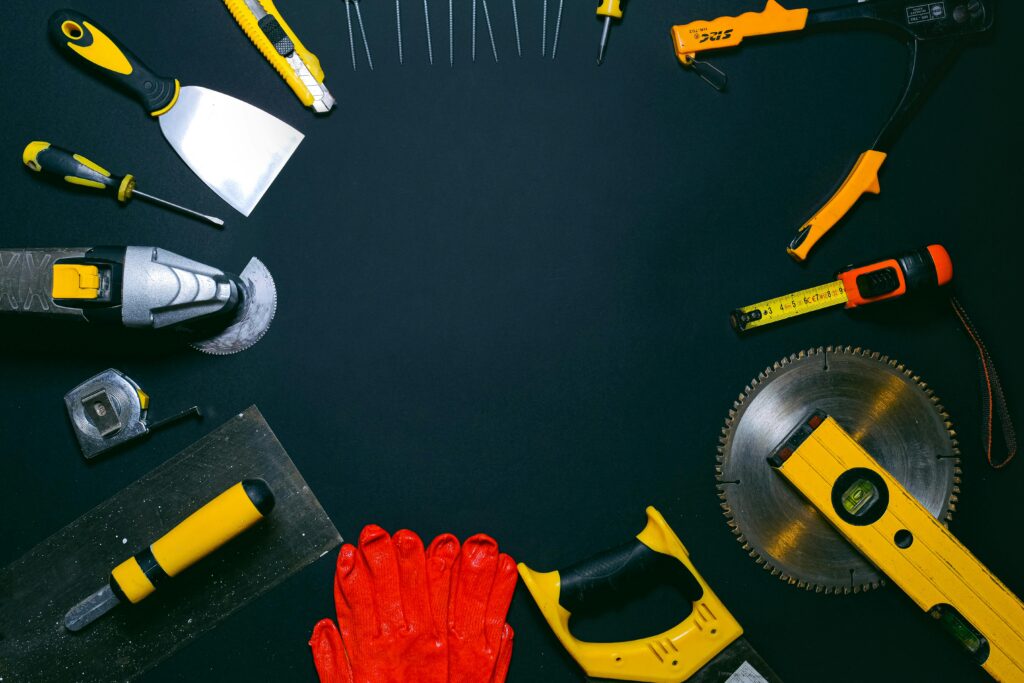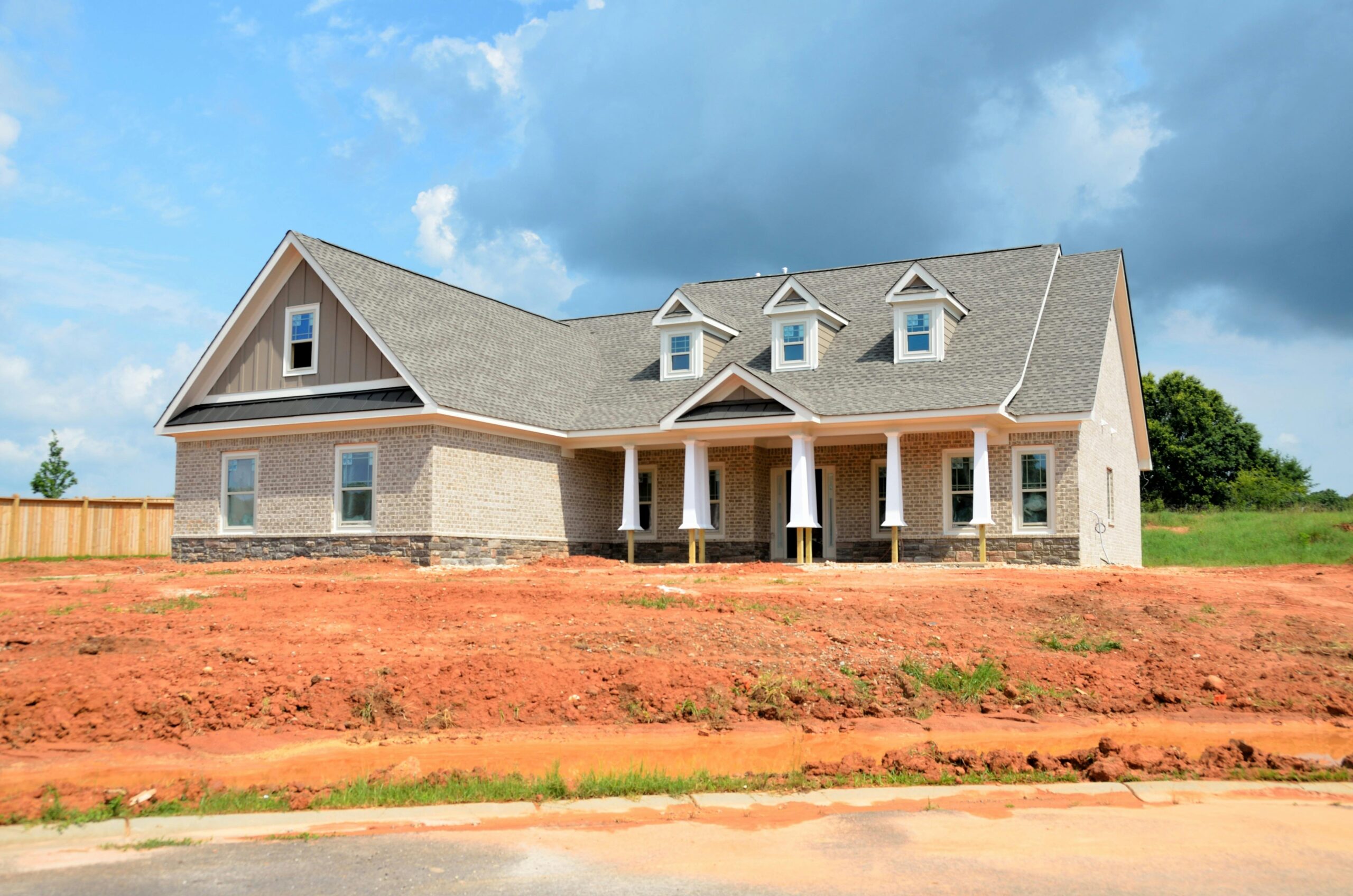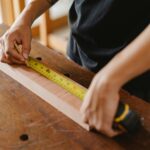Disclosure: This post may contain affiliate links. As an Amazon Associate, I earn from qualifying purchases. If you click through and make a purchase, I may earn a small commission at no extra cost to you.
Congrats on your new home purchase! Moving into a brand-new construction home is an exciting milestone — but it also comes with a checklist that’s different from buying a resale home. From warranty walkthroughs to utility setup, there are essential steps that can save you stress (and money) later on.
Here are the 10 things you must do after moving into your new construction home to set yourself up for long-term success.

1. Schedule Your Builder Warranty Walkthrough.
Most new construction homes come with a builder’s warranty, but it’s up to you to take full advantage of it. Within the first 30–90 days, you’ll likely have a final walkthrough where you can submit a punch list of anything needing repairs — nail pops, grout cracks, misaligned doors, etc.
Tips:
- Keep a running list of issues as you notice them during the first few weeks.
- Walk every room and test everything — doors, windows, outlets, fixtures, drawers, and appliances. Use a checklist and take photos to back up your requests.
2. Replace Air Filters Immediately
Even if your home appears spotless, new construction leaves behind a surprising amount of construction dust, drywall particles, and debris. These contaminants can clog your HVAC filter quickly, making your system work harder and potentially reducing air quality. Swap out your air filters within the first week of moving in and set a recurring reminder to replace them every 2–3 months.
Tip: Upgrading to a high-efficiency MERV 8 or MERV 11 filter will help capture more airborne particles and allergens. We personally use these MERV 8 filters — they strike the perfect balance between filtration and airflow. For allergy sufferers, MERV 11 filters like this pack can offer added protection. Just make sure you double check the correct size you need for your home system. You can verify this by looking at the existing filter.
3. Set Up Your Smart Home Devices
A smart home setup is easier to install when your house is still fresh and uncluttered. Add a smart thermostat, video doorbell, Wi-Fi light switches, and smart plugs early on, while cable access and outlet locations are easily accessible.
Many homeowners prefer devices from Google Nest, Ecobee, or Ring Wired / Ring Battery to increase both convenience and security.

4. Upgrade or Rekey Door Locks
Builders often use a master key system for contractors, which means your exterior locks may have been opened by multiple people during construction. For peace of mind, it’s best to either rekey the locks or install new smart locks that allow keyless entry and remote access.
Popular brands include Schlage Encode, August, and Yale Assure — offering both security and style.
5. Activate Lawn Care and Sprinkler Systems
If your new home includes sod or landscaping, it’s crucial to begin lawn care and irrigation scheduling immediately. New sod needs daily watering for the first 2–3 weeks to establish roots, especially in hot climates. Also, some counties have a watering schedule for watering your lawn. Make sure you verify your watering schedule.
Check that your sprinkler system is properly programmed and inspect for any clogged heads or overspray. If your home doesn’t include landscaping, plan out a low-maintenance lawn strategy now.
6. Confirm Utility Services Are Transferred
Before move-in day, make sure you’ve set up utility accounts in your name. Some builders keep water or electricity in their name during inspections, and it’s your job to transfer them.
Confirm service for:
- Water & Sewer
- Electricity
- Natural Gas
- Internet & Cable
- Trash & Recycling
Keep a utility tracker sheet with account numbers and billing dates for future reference.
7. Check Smoke Detectors and Add Fire Safety Tools
While most builders install basic smoke detectors, it’s important to test them all and add carbon monoxide detectors where needed — especially near sleeping areas and gas appliances.
Add at least two fire extinguishers: one in the kitchen and another in the garage or utility room. Consider a fire escape plan if your home has a second floor.
8. Store Touch-Up Paint and Materials
Dings, dents, and scratches are unavoidable as you move in. Ask your builder for any leftover paint cans, trim paint, grout, or flooring planks. Label them clearly and store in a dry, cool place for future touch-ups.
If you know the paint brand and code, write it down — it’s surprisingly hard to match colors later on.
9. Build a Basic New Homeowner Toolkit

New construction homes often lack wall hangings, towel bars, or shelves — meaning you’ll need tools sooner than you think. A well-stocked new homeowner tool kit should include:
- Cordless drill
- Level
- Tape measure
- Stud finder
- Allen wrench set
- Utility knife
- Plunger
- Screwdriver set
Having these essentials on hand will make DIY fixes and decorating much easier.
10. Document Everything for Warranties and Repairs
Use your phone to take photos of:
- Major appliances (model & serial numbers)
- Circuit breaker panel with labeled switches
- Water shut-off valve locations
- Attic, crawl space, and behind appliances
- Any issues you plan to report under warranty
Store these digitally and in a home binder to save time if something breaks later.
Final Thoughts
Moving into a new construction home is incredibly rewarding — but success starts with a strong foundation. By tackling these 10 must-dos early, you’ll avoid headaches, protect your home, and enjoy a smoother transition into homeownership. Enjoy your new home!






